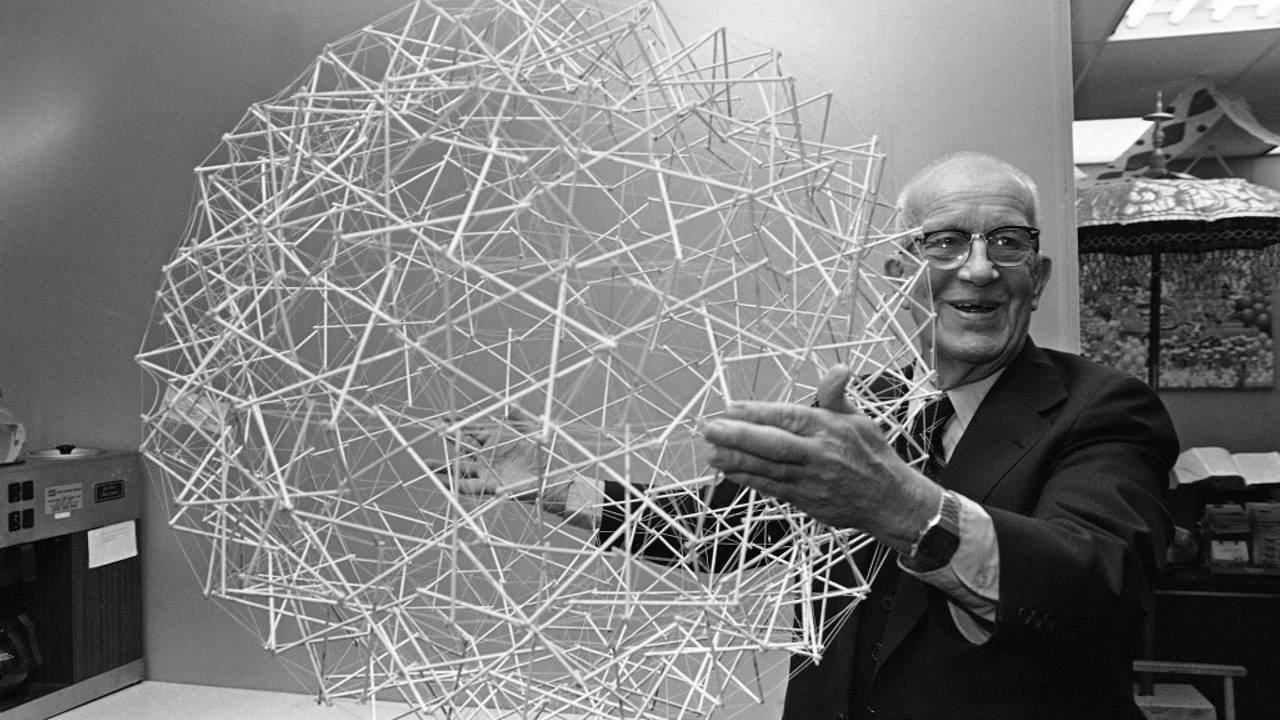
Flo Seems Super Weird - But Only Because We All Believe This One Big Myth
Jun 11, 2022I get it. At first, Flo can seem super weird.
I mean, where else have you ever seen a bunch of people sitting on their butts and calling it training?
Where else have you seen a community of people so obsessed with their sit bones?
Where else have you ever seen people doing stuff that looks crazy-easy while talking about how crazy-challenging it can be?
And most of all, what is up with the dudes wearing their pants that way? 😂
When you first come across Flo, you almost can’t help but wonder, What the hell are they doing? And why?
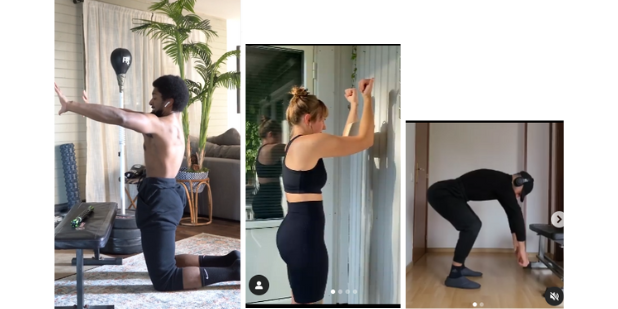
But one of the biggest reasons Flo seems so weird is that we haven’t been taught the most basic of principles needed for understanding our own body (biomechanical structure). Or for training our body/structure in a way that can completely transform it beyond the bounds of what we normally think is possible.
Mistaking Myth for Fact
But it gets worse.
It’s not just that we lack an understanding of these principles. It’s that we’ve been taught myths we’ve mistaken for fact.
These myths are enshrined in the models we’ve been taught for understanding human anatomy and fitness.
And these myths have been so ingrained into our thinking that we can’t even see them, let alone question them.
And without questioning them, we can’t test them.
And without testing them, we can’t see for ourselves where the truth really lies.
To question these myths, we must first name them.

In this piece, I’ll be naming and challenging what’s probably the most commonly accepted (and problematic) myth about human structure.
Sidenote: In this piece, when I refer to structure, I’m specifically referring to human biomechanical structure/ joint patterning, and I’ll be using these terms interchangeably.
Now, without further ado, let’s name the one big myth we’ve all been taught to believe.
Myth: Bones move muscles
Fact: Muscles move bones
If you’re like practically everyone alive, you’ve always thought that bones move muscles. After all, bones are hard, rigid, and heavy, so how could stuff that’s comparatively soft, pliable, and light-weight (muscles) possibly move them?
On the surface, it doesn’t seem to make sense.
But the truth is, bones don’t move muscles, muscles move bones.
To understand how muscles move bones, it can be helpful to understand the difference between a continuous compressive structure and a tensegrity structure.
(Spoiler alert: our bodies are tensegrity structures that are often functioning in ways that make them vulnerable to the problems plaguing continuous compressive structures.)
Continuous Compressive Structures vs Tensegrity Structures

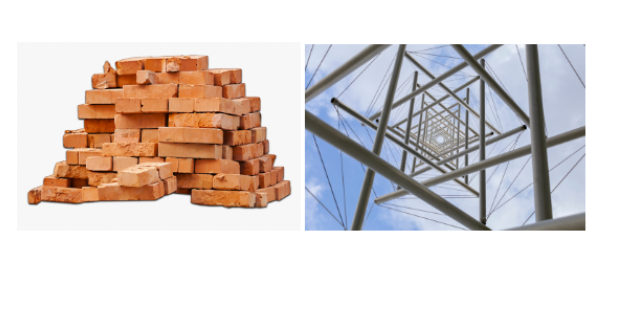
Continuous Compressive Structures (Compressive Structures, for short)
When we picture ourselves, we imagine that our skeleton is a compressive structure — a structure where an interconnected collection of rigid elements are assembled in continuous (unbroken) patterns that are designed to support the load of this structure. (Think cross-beams in a house, bricks in a stack, or bones in our body.)
When we look at human anatomy (biomechanics/joint patterning), we think, “The hard, rigid, heavy stuff (bones) is obviously what’s holding up and moving the soft, pliable, lighter-weight stuff (the muscles).”
Only, it’s not.
The Problem With Compressive Structures
In the compressive structure shown in the image above, the beams (framing) or bricks further from the top will progressively carry the load of the bricks above them.
In other words, the weight (load) of one part of the structure is bearing down on (compressing) another part of the structure.
This occurs for two reasons:
1. There is no way for the load to be evenly distributed throughout the structure.
2. There is no way for the load to be dynamically dissipated.
This means that the load (which is a potential form of energy) gets “stuck” in the structure.
This is very, very bad news because it also means that load (the weight of the structure in relation to gravity) is slowly (sometimes imperceptibly) tearing itself down.
When the load becomes stuck in a structure rather than dissipated via dynamic energy exchange, the load progressively weakens, destabilizes, and malforms the structure.
This holds true whether the structure is a historical monument, a house, or a human body.
Like this:

Or like this:
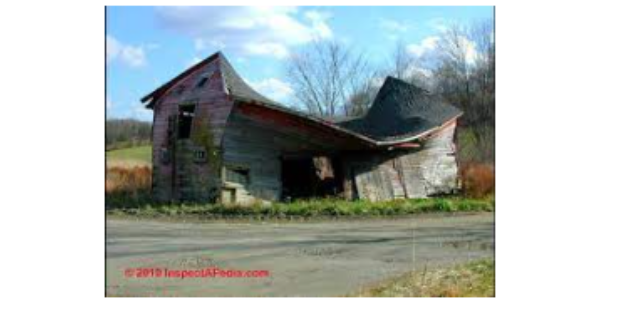
Or like this:
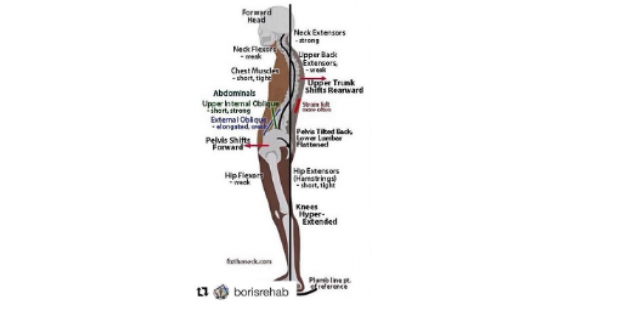
Compared to tensegrity structures, compressive structures are extremely and inherently unstable.
They are too static and non-adaptable to maintain themselves over long periods of time.
And it’s for this reason that compressive structures are not found in nature.
That’s right. You will never, ever find a compressive structure in nature.
Nature (living things) can’t take that kind of gamble — it must continually adapt to the demands of the environment in order to survive.
What are Tensegrity Structures?
All living structures are tensegrity structures. It doesn’t matter if you’re talking about a cell colony, a dog, or a person — they’re all tensegrity structures.
These amazing structures show us how the position and configuration of the hard stuff (in this case, our bones) is determined by its relationship to the soft stuff (muscles and fascia).
Tensegrity structures can completely overcome the vulnerabilities of compression structures.
How?
By putting the hard stuff and soft stuff in perfect balance. (By equalizing the forces of compression and tension.)
Balance occurs when the “push” of the compressive elements is equaled by the “pull” of tensional elements.
In the tensegrity model of human anatomy you see below, the dowels are our bones (compressive elements) and the tensional elements (the elastics) are our muscles and fascia.
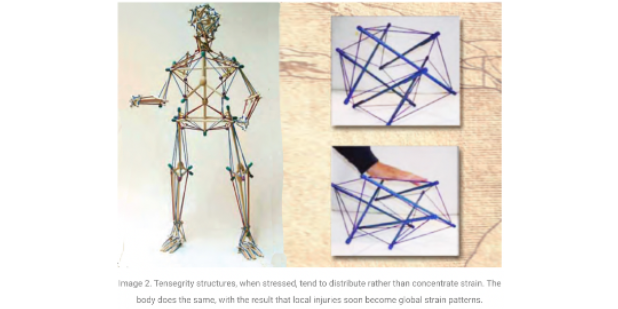
When we understand our body as a tensegrity structure (when this becomes our new model), we can start to understand why any particular body moves, looks, and feels the way it does. (For better or for worse.)
To get a much better feel for this, watch this two-minute video.
If you want to take a bit of deeper dive, I highly recommend watching this 20-minute video (also by Tom Myers): Tensegrity Applied to Human Biomechanics
Why Are Tensegrity Structures So Amazing?
The image below is a tensegrity structure. (For real. You can buy this thing online. Maybe I’ll get it to prove my point to anyone who thinks I’m making this shit up.) 😂
Look at it closely. 
It seems to defy gravity, right?
It seems to be almost impossible. (But that’s only because we’re so used to thinking in terms of compressive structures.)
See how it completely overturns the myth that bones (the hard stuff) move, manage, control, or prop up muscles (the soft stuff)?
See how the relationship between the push of the hard stuff (the platforms and pipes) and the pull of the soft stuff (the chains) is what’s keeping the structure in perfect, buoyant balance?
See how the compressive and tensional elements cancel each other out, therefore dissipating the load in a way that works with gravity to support the structure?
This is how our body is designed to work!
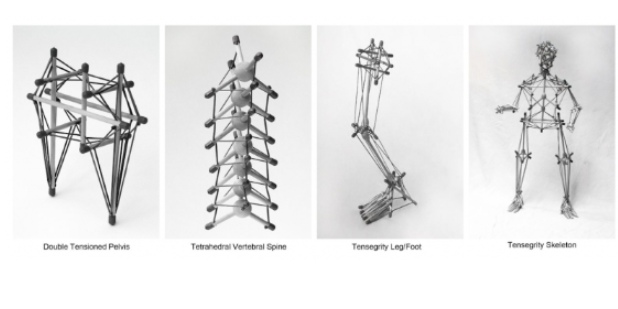
Tensegrity and Flo
When load can be equally distributed throughout a structure and dynamically dissipated, no one area of the structure (a knee, hip, ankle, lower back, neck — all the places we tend to feel discomfort or pain) gets weighed down (compressed, torqued, or otherwise compromised) by another part of the structure.
The implications of this are huge. YUUUUUUGE. And it’s the key to understanding Flo.
When the compressive and tensional elements of our body (our bones and muscles) are repatterned for optimal functioning with Flo training, they work with rather than against gravity.
But why does that matter?
It matters because load/energy is no longer stuck in our bodies, which means we’re no longer slowly collapsing under our own weight.
When load is stuck in our body, it means we are carrying around an incredibly heavy burden.

We’re so habituated to bearing this burden that we’re completely unaware of it.
The exception is when we start to experience pain or discomfort.
Or when we notice stuff like:
- Rib flare
- Hip dips
- “Booty-do” (“Belly sticks out more than your booty do)
- Anterior Pelvic Tilt (APT)
- Posterior Pelvic Tilt (PPT)
- Swayback stance
- Forward head position
- Upper Crossed Syndrome
- And other weird stuff that makes us go, WTF? 😂
Pain and all the visual markers we just identified are signals that the compression and tensional elements of our body are out of balance, causing one area of our body to be compressed (smushed) by another part, which weakens and destabilizes our entire structure. (Ouch.)
As we adapt over many years to bearing the burden of this load, we can barely remember what it felt like to be truly free and light in our bodies.
We can barely remember the boundless energy we had as very young children.
And we can barely imagine that recovering that kind of freedom and energy as adults could be possible.
But it is possible.
And that’s what Flo training is all about.
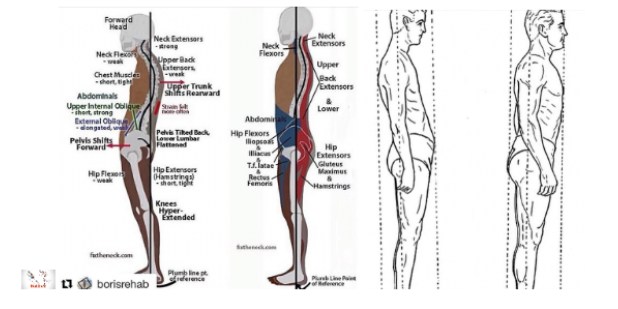

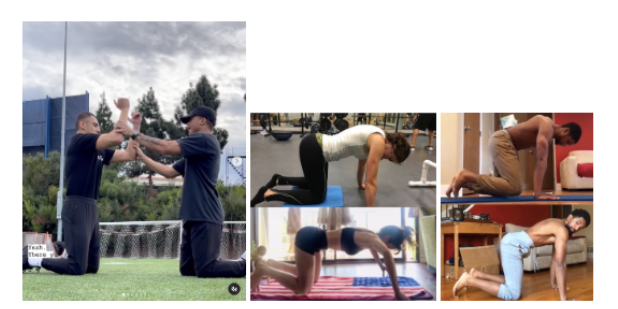
By optimizing the tensegrity structures of our body to evenly distribute and dissipate load (and therefore use it as energy), this energy is finally available to dramatically transform how we move, feel, and even how we look.
Recovering Our Original Tensegrity Blueprint
When we train our muscles to place optimal degrees of tension on our bones (by becoming strong where we’re weak and becoming relaxed where we’ve tight), our body can gradually return to our original tensegrity blueprint:
All of us were born with this blueprint.
But all of us lose it. (With incredibly rare exceptions.)
Flo training enables us to recover our original tensegrity blueprint, and then to take it one step further into a whole new understanding of health, fitness, vitality, and wellbeing.
As we become able to identify the many myths that keep us captive, we can finally question and test the truth of them for ourselves.
And as we do, we will discover the extraordinary design of our own bodies and unlock human potentials we never dreamed possible.
Thank you for joining me on this journey!
I hope this piece has been thought-provoking and has sparked your curiosity.
Even if some of the things I’ve shared don’t make sense, don’t worry.
Being curious is enough.
If you bring curiosity to your Flo journey, understanding will come at the right time and in the right way.
We’re all on the same journey, even as we might be at different points along the path.
This means that no matter how advanced some might be in their training, we’re all learning together.
And this also means I’m learning how to share this stuff in a way that makes sense and can be helpful to you.
We all learn differently, so I want to become more versatile in not just what I share, but how I share it.
For this reason, it would be valuable to me and greatly appreciated if you’d like to share your experience with this piece in the comments below.
How was it for you to read?
In what ways was it helpful?
In what ways was it not?
What do you wish there was more of?
Less of?
Let me know what you think.
I’d love to hear from you in the comments section below.
Written by: Brandy George